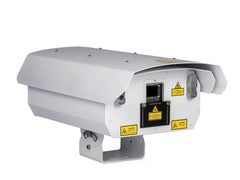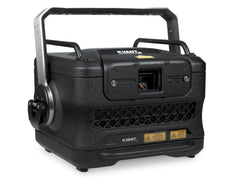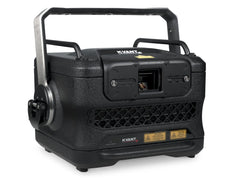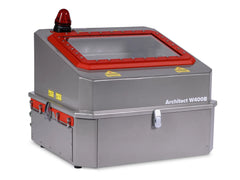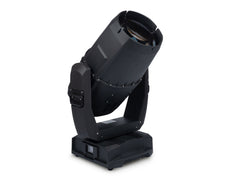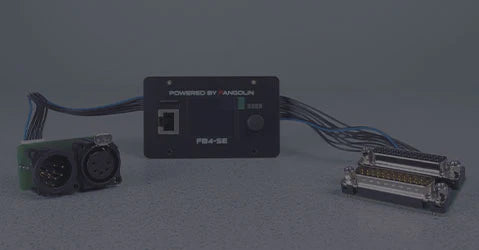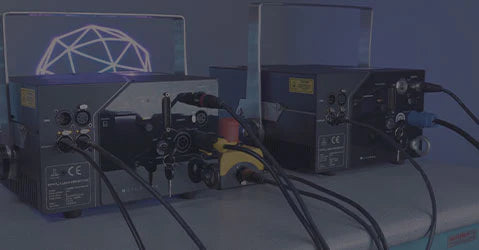Quick overview
Laser safety is of paramount importance anytime you are working with laser systems. Here you can learn the basics and help do your part to keep laser displays safe for everyone to enjoy! If you haven’t already, we would highly suggest watching our Laser Safety Guide, which you can watch by clicking the image above.
General information
Questions about laser safety? We can help
Fill out the form, and get answers to your questions from our team of laser safety experts.


